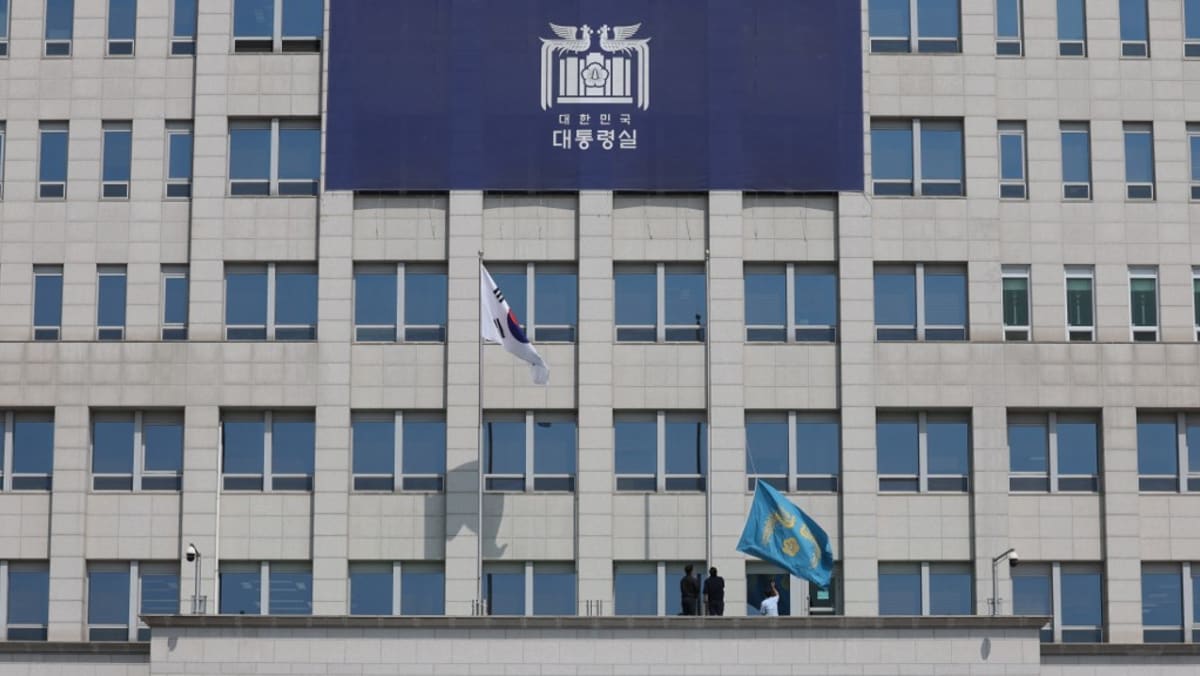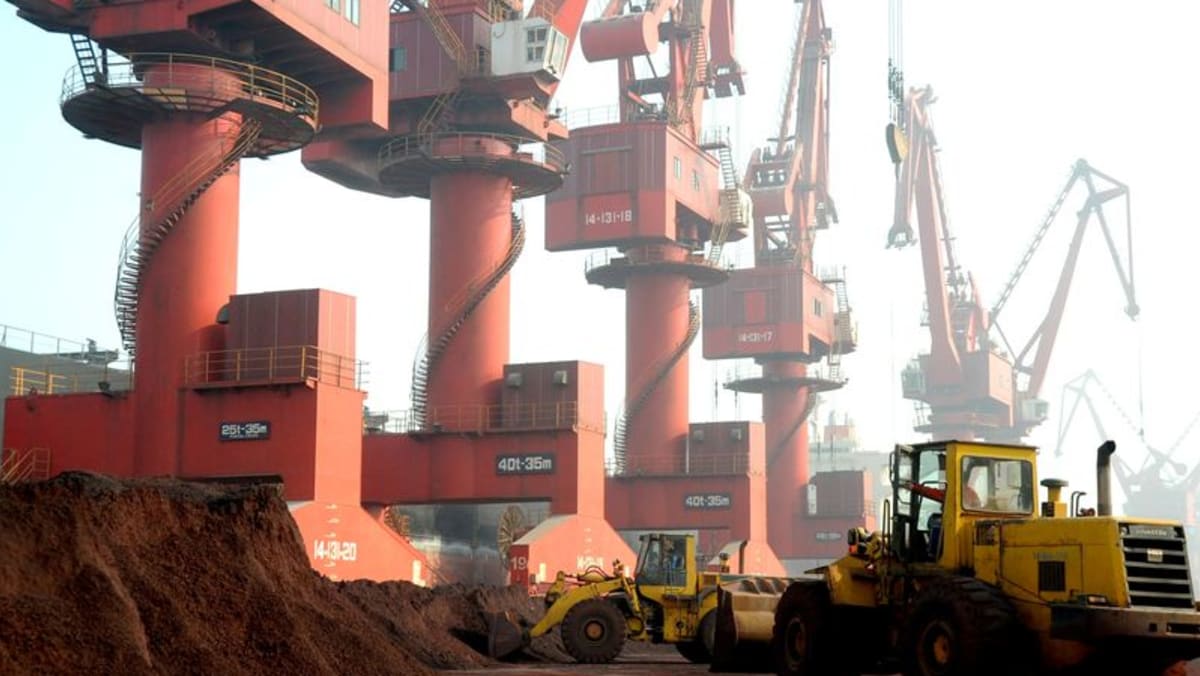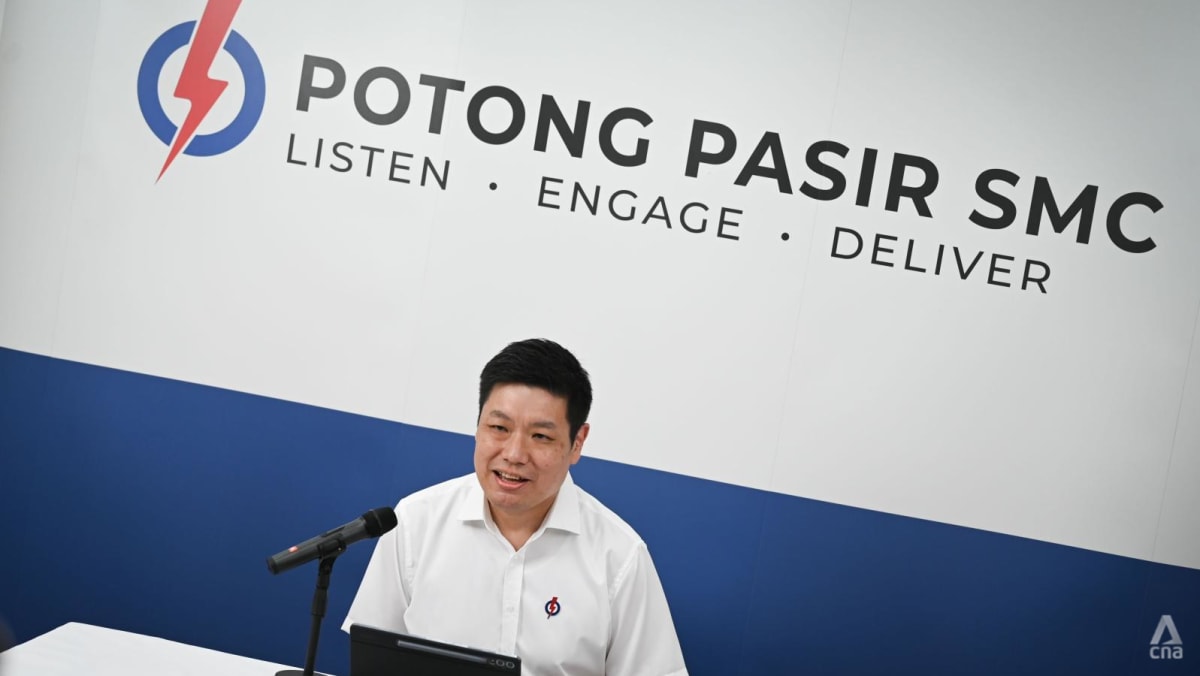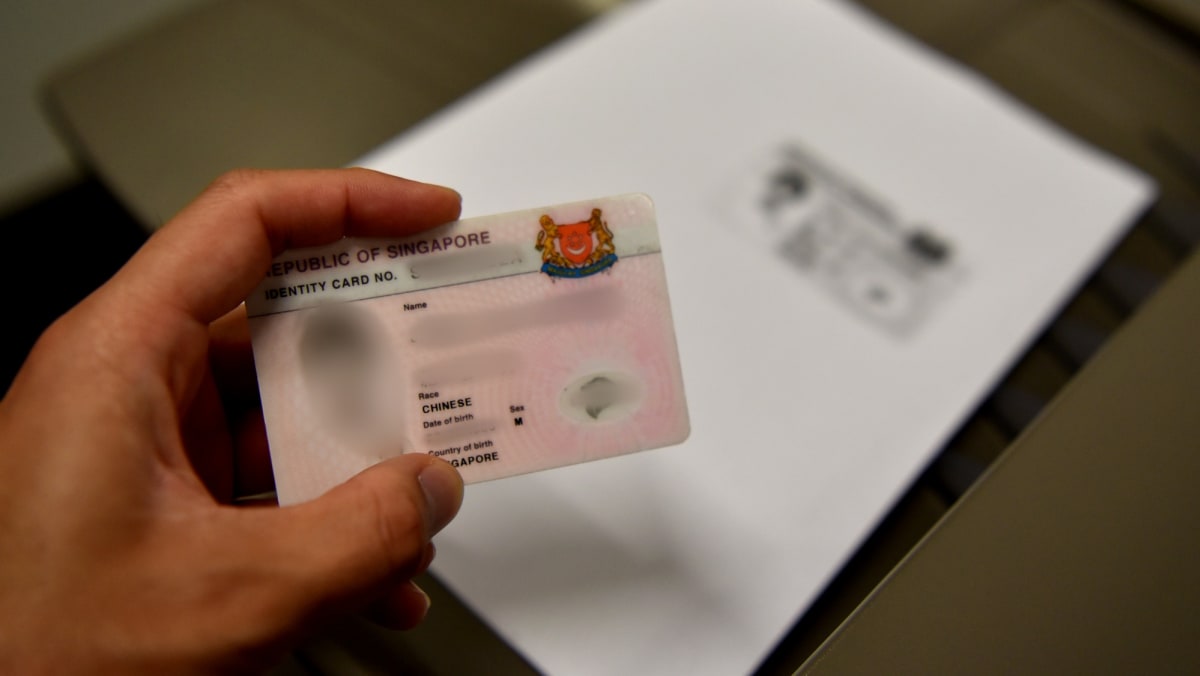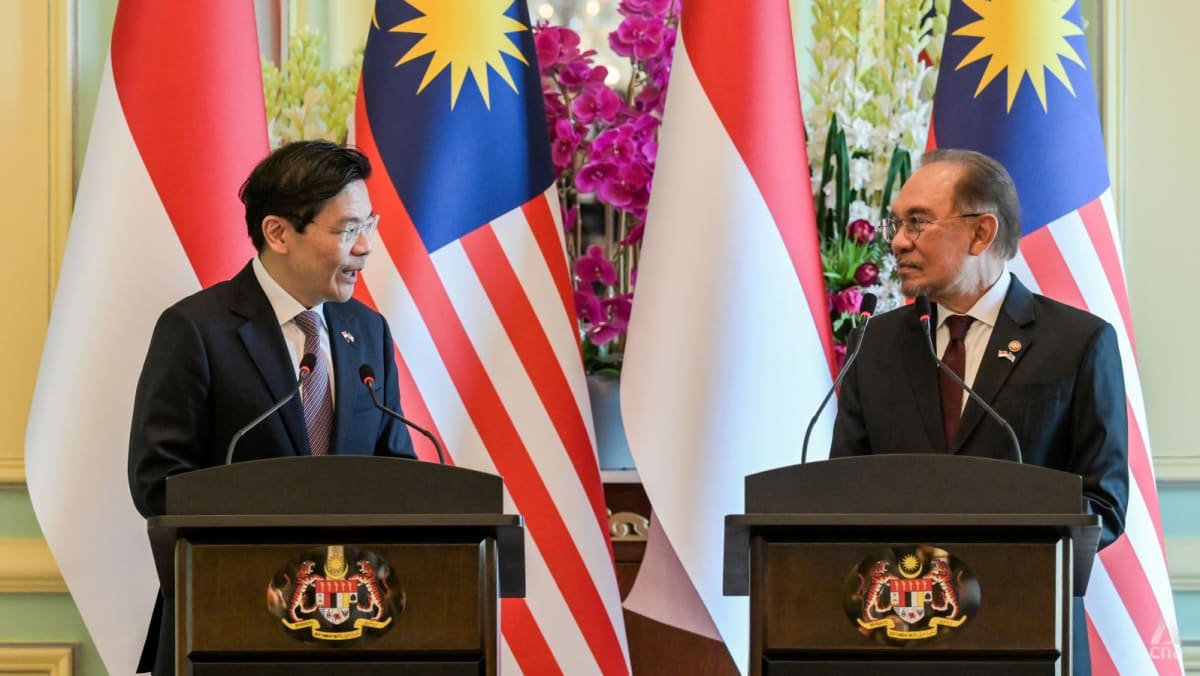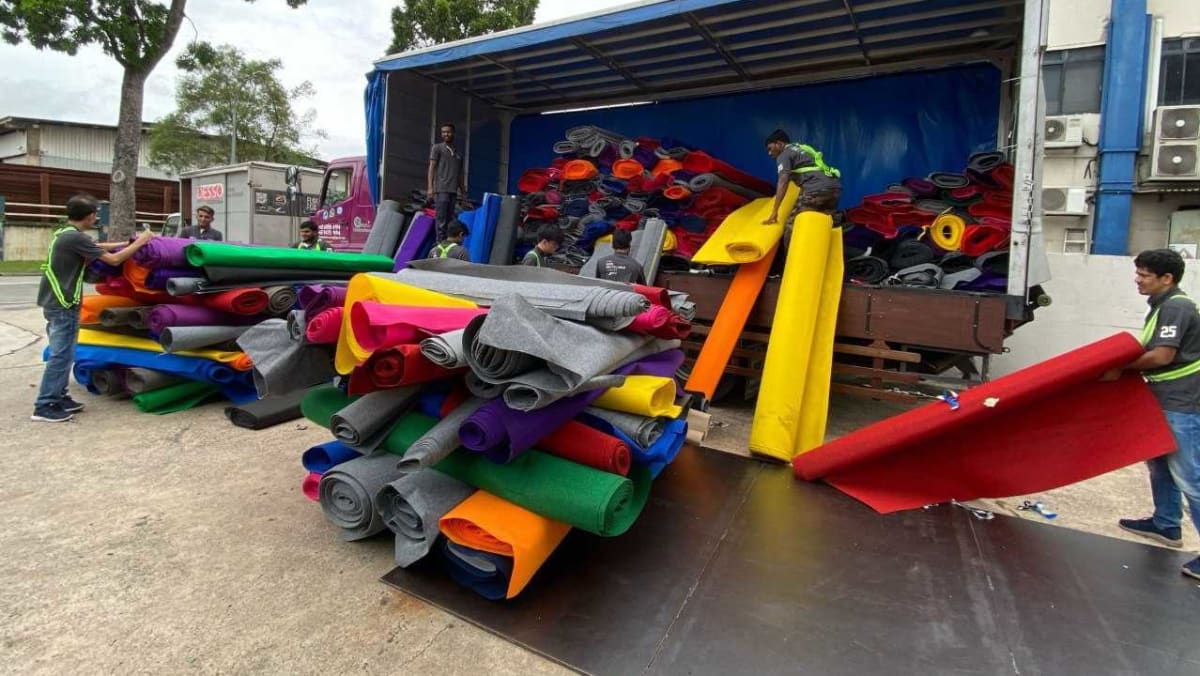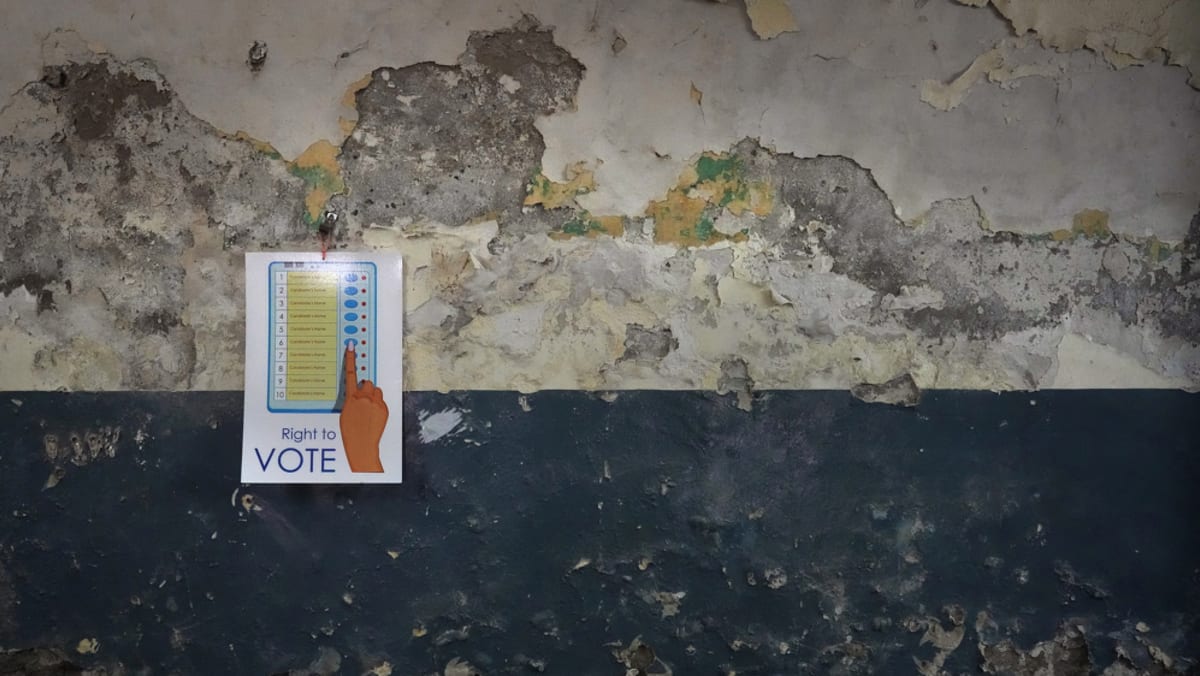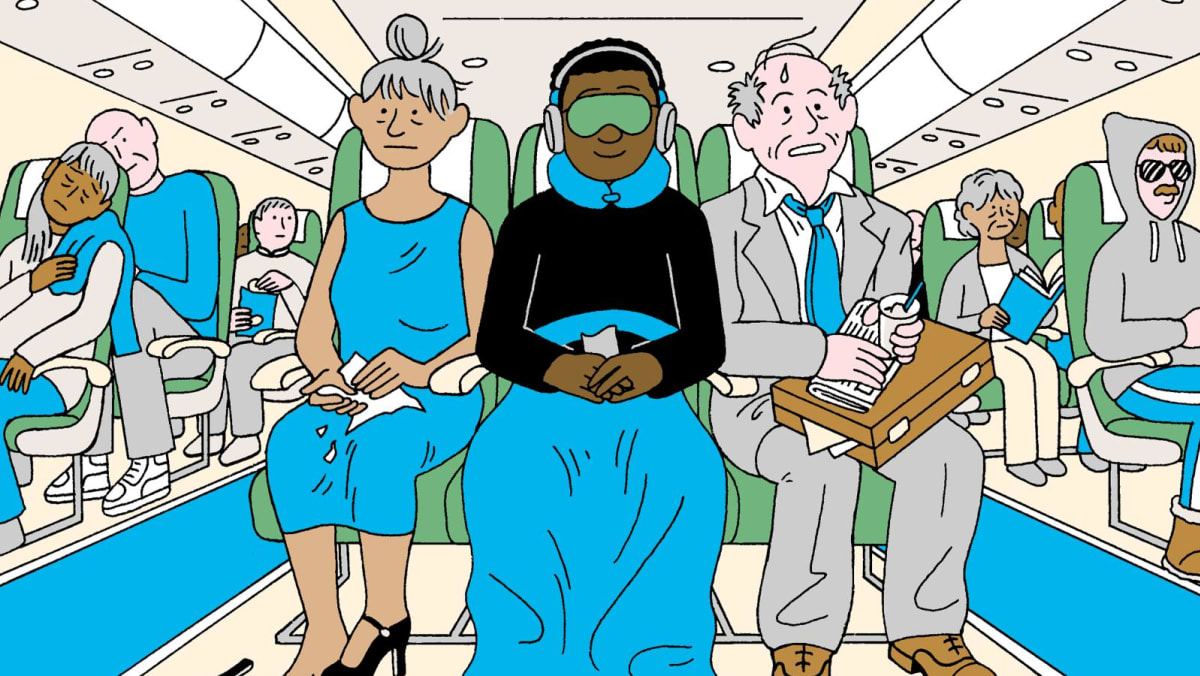SINGAPORE: There are no concrete structures similar to the one involved in the recent Jeju Air crash near the runways of Singapore’s airports, Transport Minister Chee Hong Tat said on Wednesday (Jan 8).
Responding to a question on the Dec 29 incident in parliament, Mr Chee shared that based on the information that is currently available on the crash that killed 179 people, the severity of the outcome was “worsened because of the presence of a concrete structure at the end of the runway”.
“I think there are some videos on social media showing the crash and how the plane ran into this concrete wall,” said Mr Chee.
“I'm glad to share with the House that there are no such concrete structures near runways at our airports,” said Mr Chee.
“All equipment that are required for air navigation purposes that are located near our runways are designed to break off in the event of a collision.”
Jeju Air flight 7C2216, which departed the Thai capital of Bangkok for Muan in southwestern South Korea, belly-landed and overshot the regional airport's runway, exploding into flames after hitting an embankment.
It was the worst air accident on South Korean soil and there were only two survivors.
Mr Chee said that investigations are ongoing, and that the Civil Aviation Authority of Singapore (CAAS) is in touch with the Korean Civil Aviation Authority, as well as the US Federal Aviation Administration and aircraft manufacturer Boeing.
“We will review and take the necessary preventive actions as more information about the incident becomes available,” he said.
Mr Chee added that CAAS has also checked the maintenance of relevant systems on the Boeing 737-800s here, which is the same model as the aircraft that was involved in the incident, and “they have found no anomalies or reliability issues”.
“We are very sad to learn about this incident,” he added. “We convey our deepest condolences to the victims and their families.”
2025 PASSENGER TRAFFIC EXPECTED TO EXCEED PRE-PANDEMIC LEVELS
Mr Chee also shared that overall passenger traffic is expected to “almost reach pre-pandemic levels in 2024”.
Between January to November 2024, Changi Airport handled about 61 million passengers. On an annualised basis, this is about 70 per cent of Changi Airport's annual handling capacity of 90 million passengers across Terminals 1 to 4.
“We expect it to also further increase, so in 2025 we are very likely to exceed pre-COVID levels,” he added.
Thus, there needs to be preparations for this increase.
Mr Chee said that Changi Airport Group will invest S$3 billion (US$2.2 billion) over the next six years in Changi Airport terminals 1 to 4 to improve services such as package handling, check-in and immigration.
“These investments will help Changi Airport to stay competitive and to meet rising demand for air travel before Terminal 5 is operational in the mid 2030s,” he said.
Terminal 5, when operational, will be able to handle an additional 50 million passengers a year. Its construction will begin in 2025.


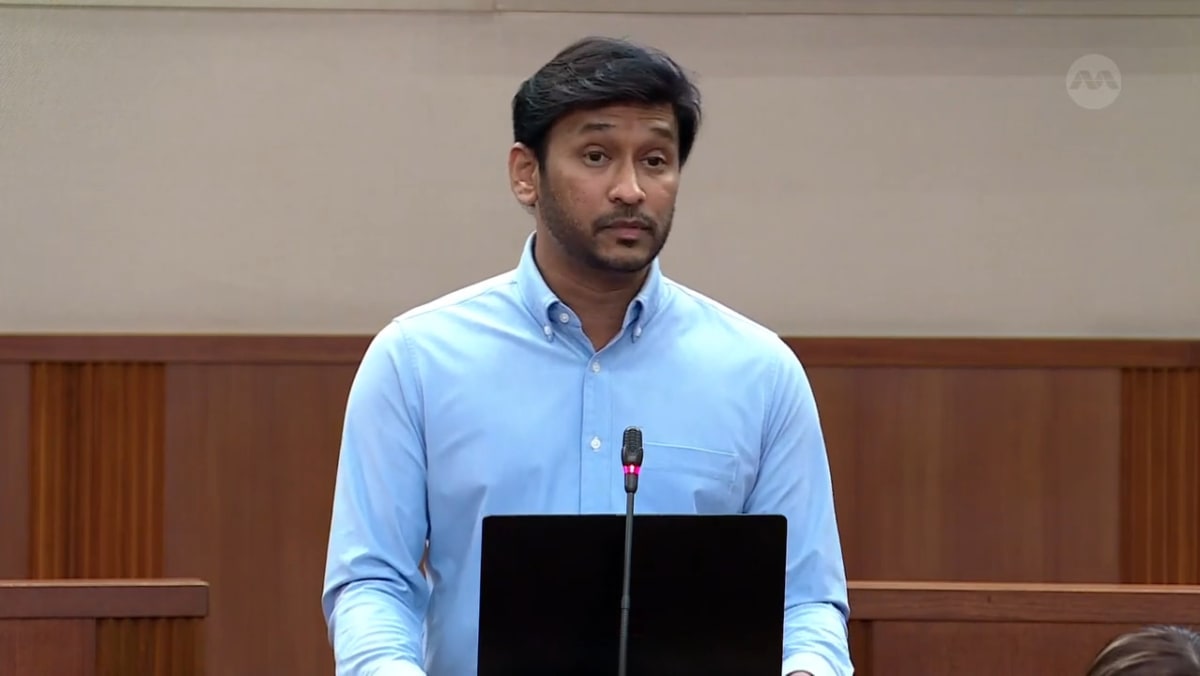




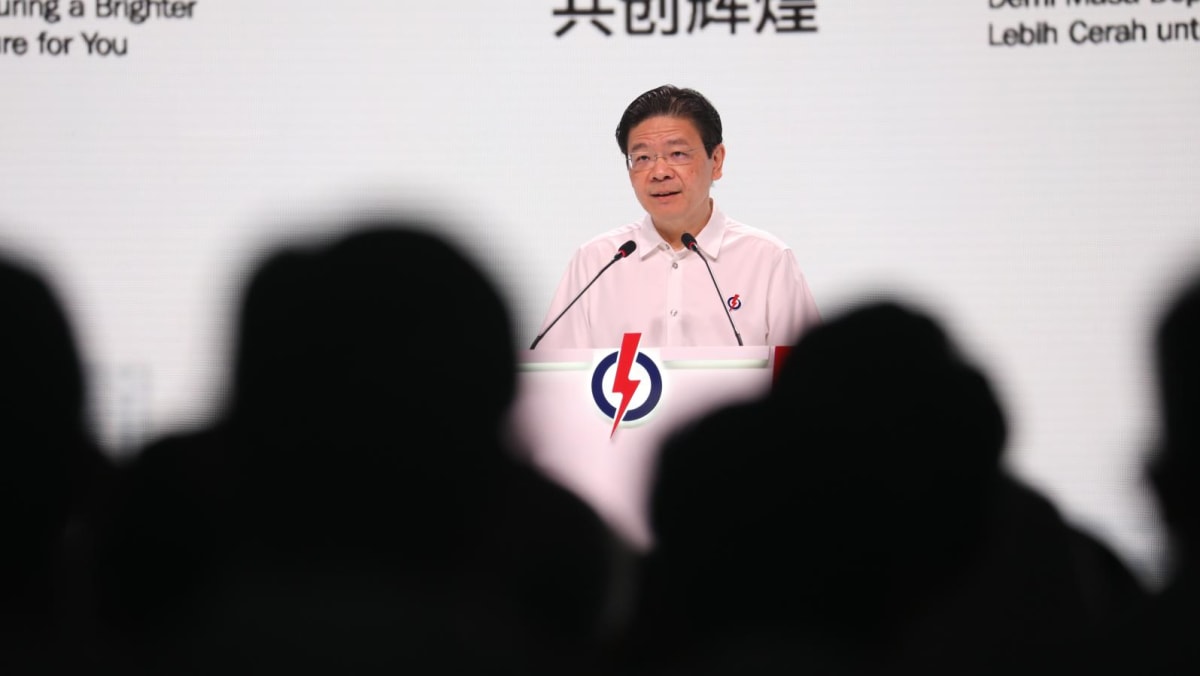
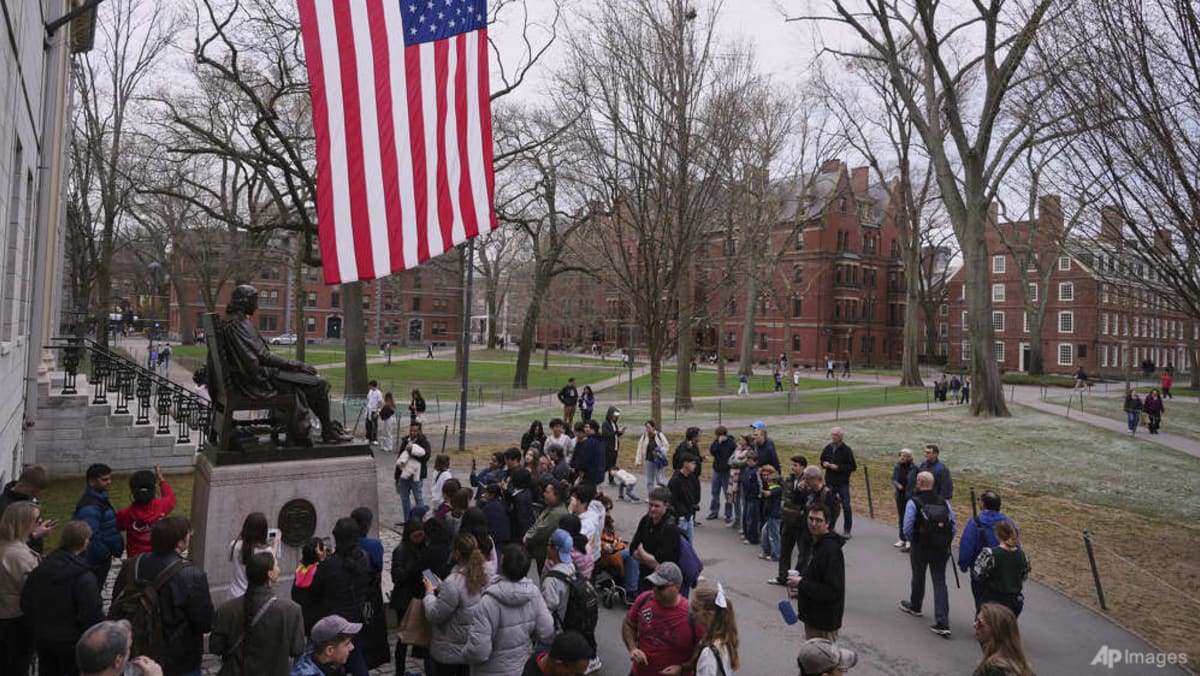



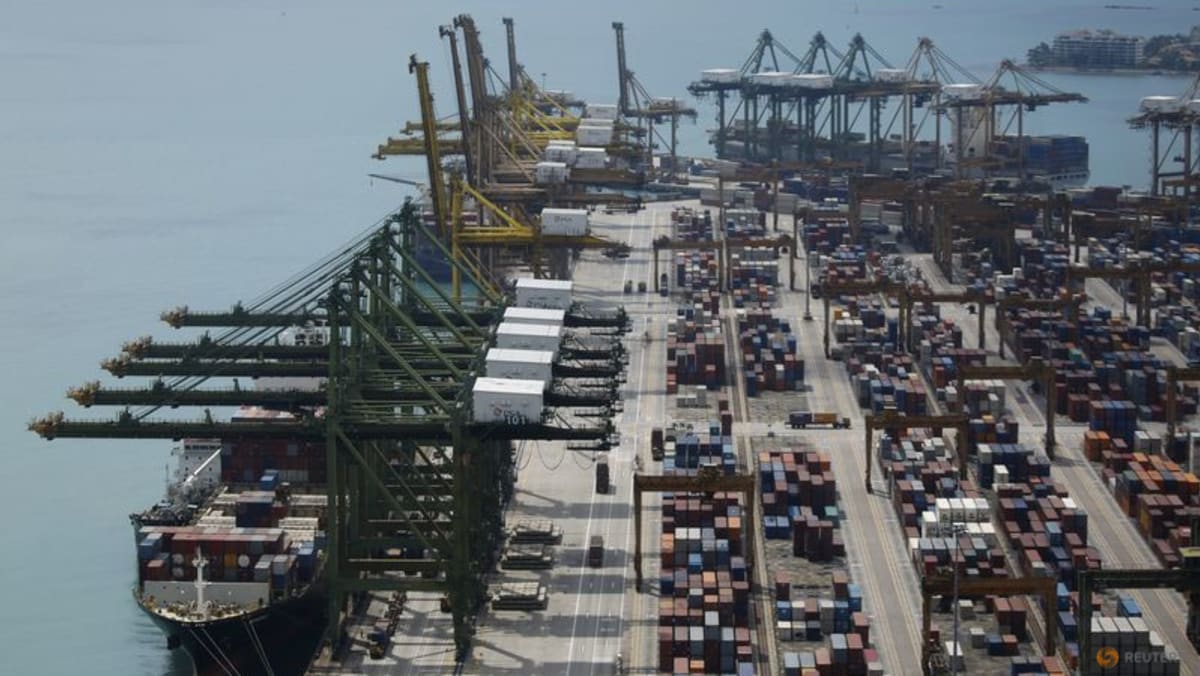
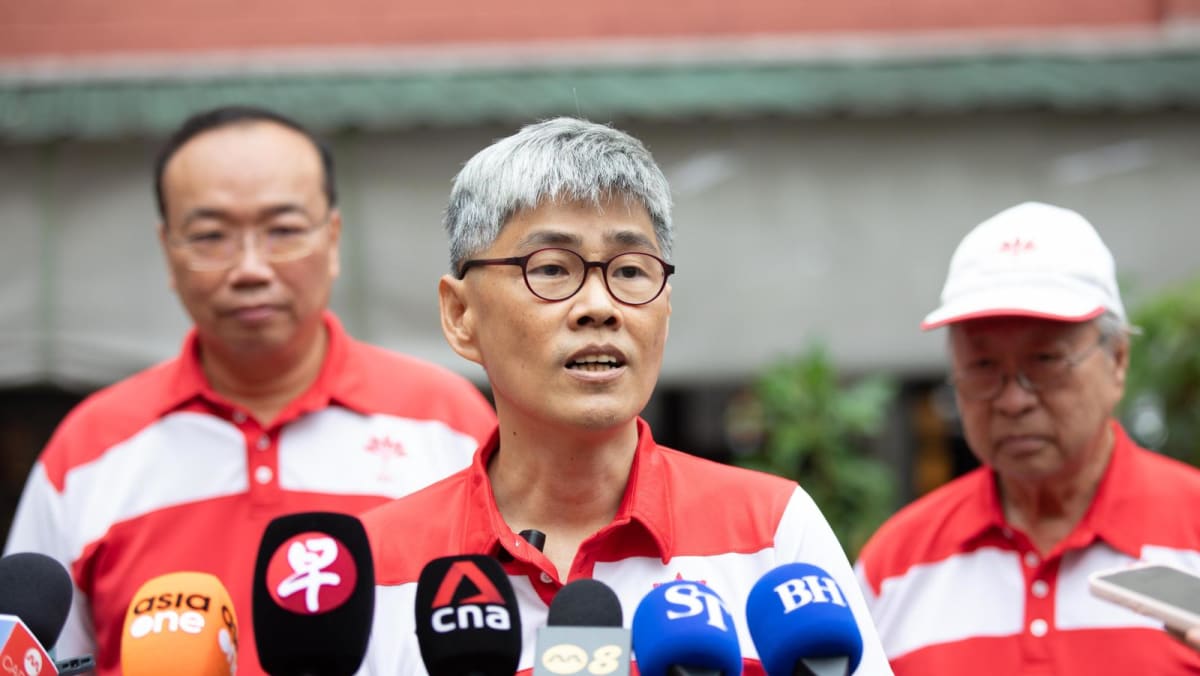
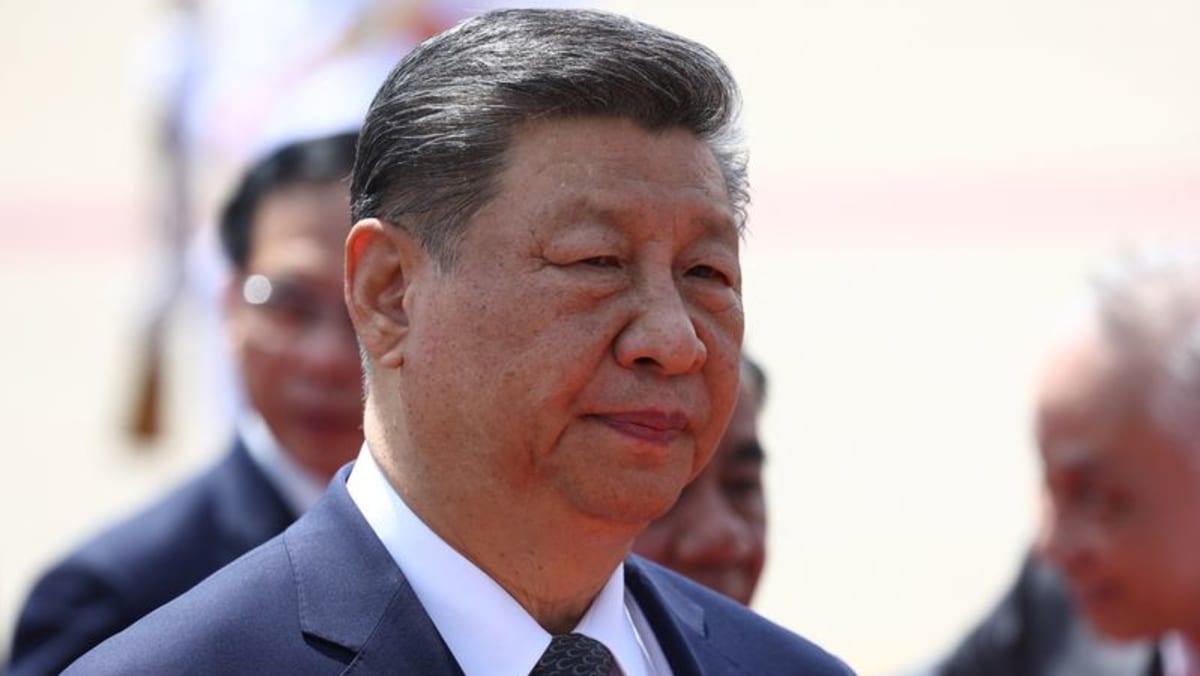
.png?itok=erLSagvf)


